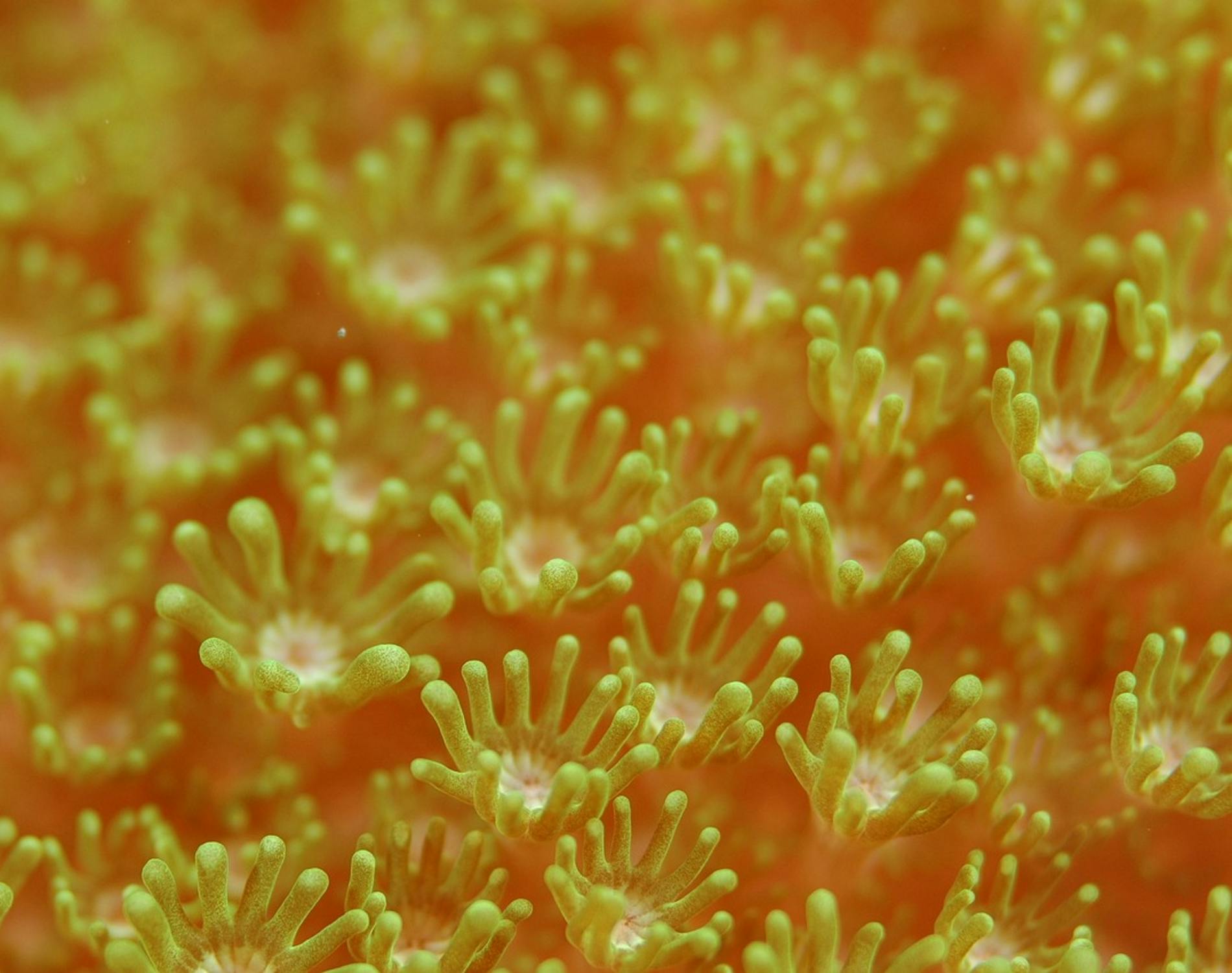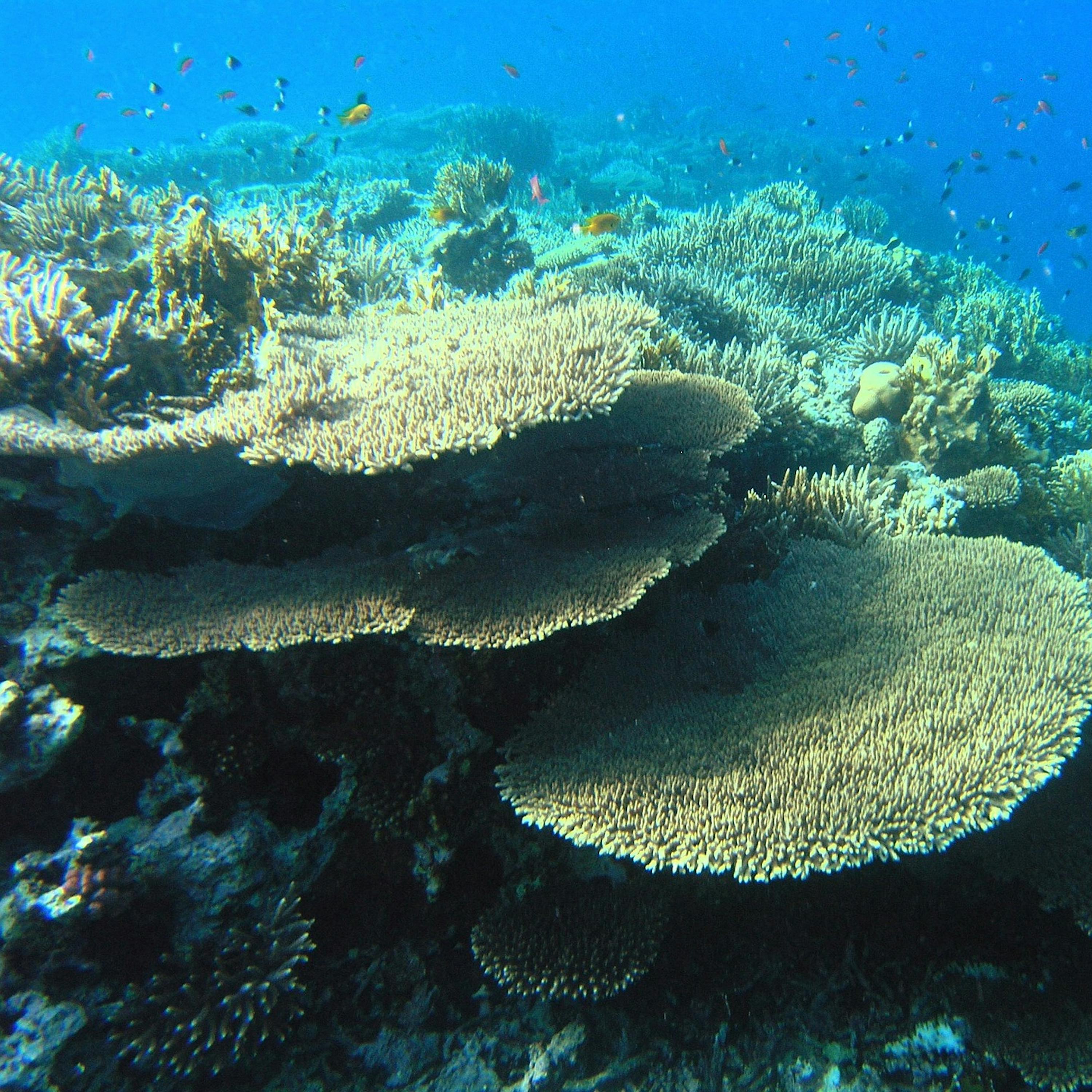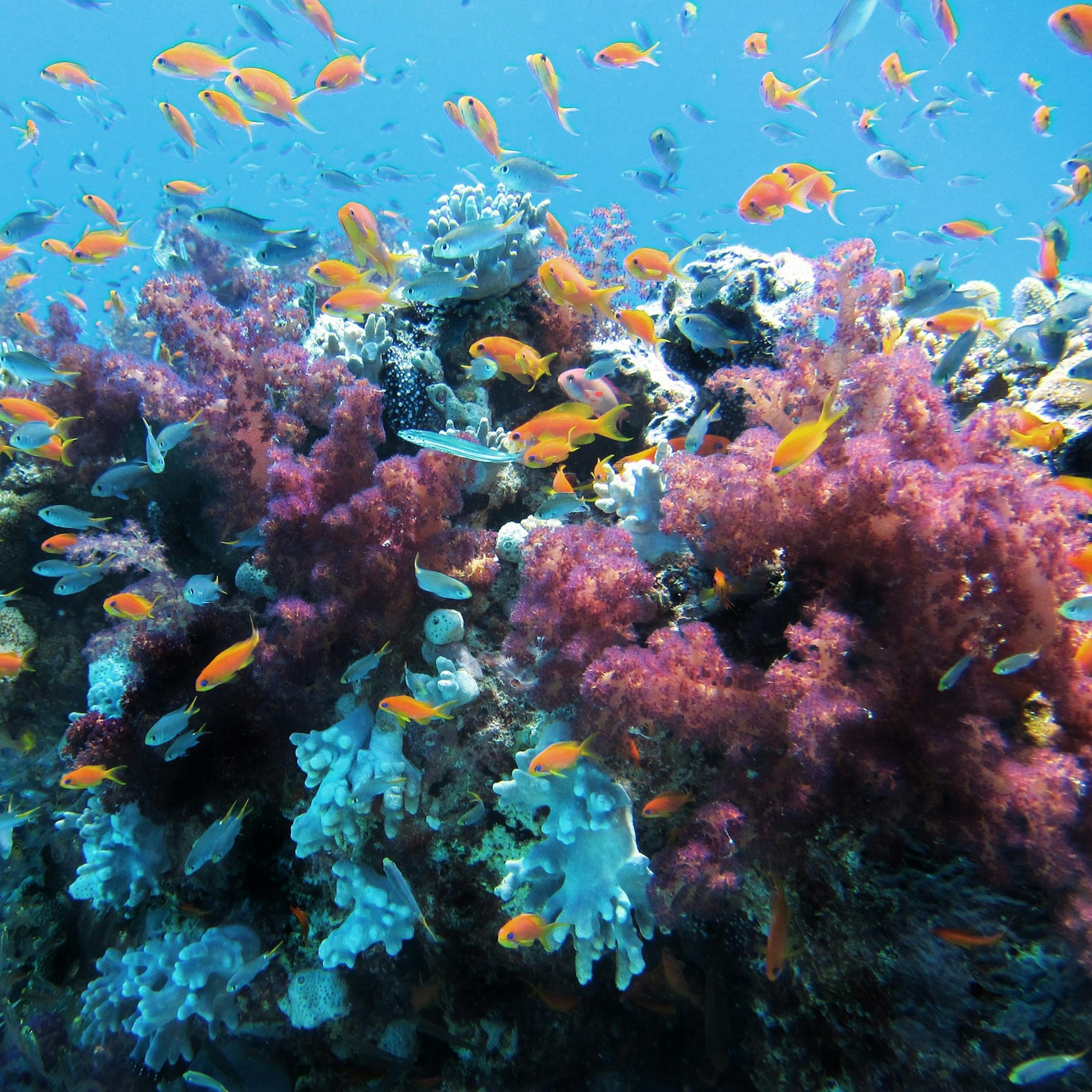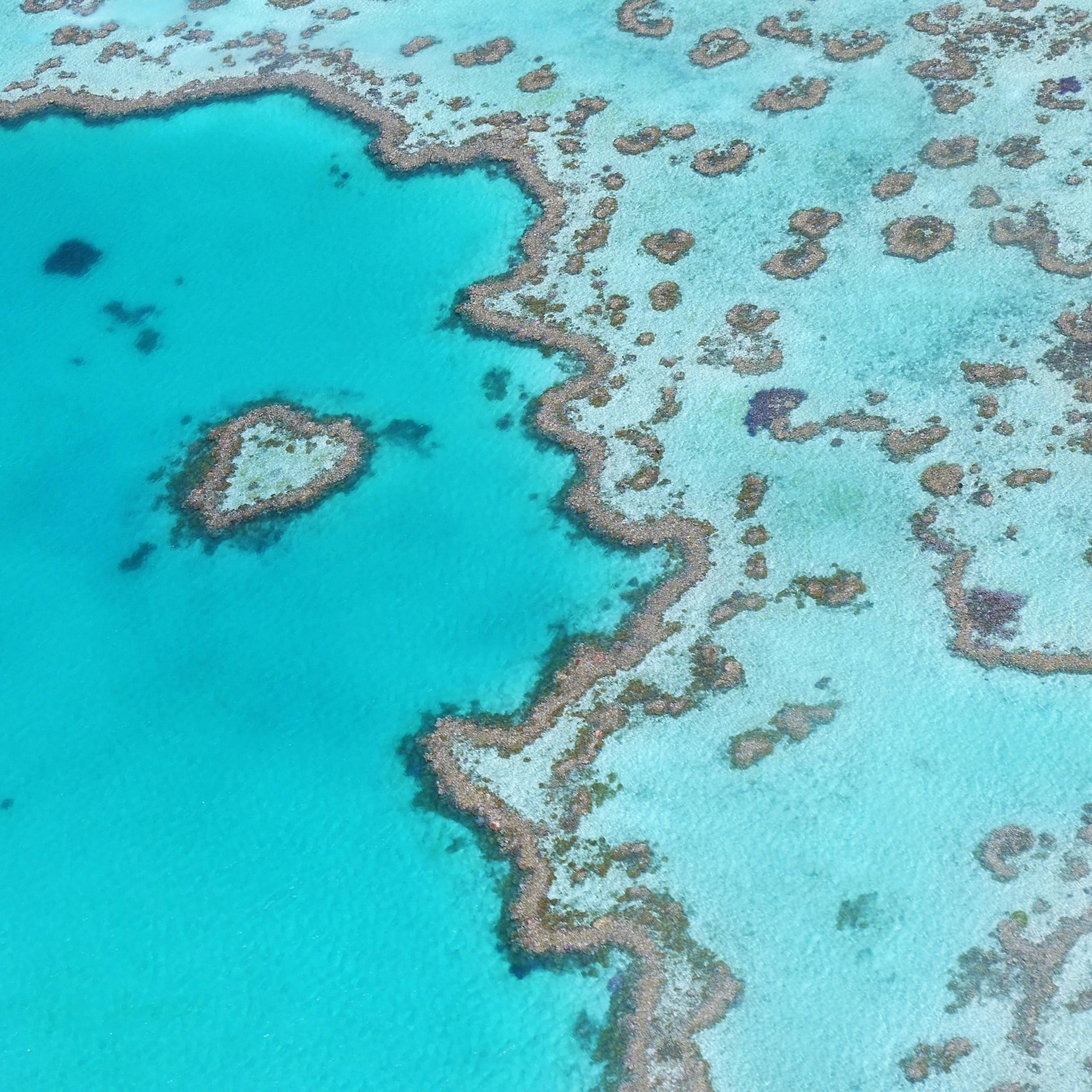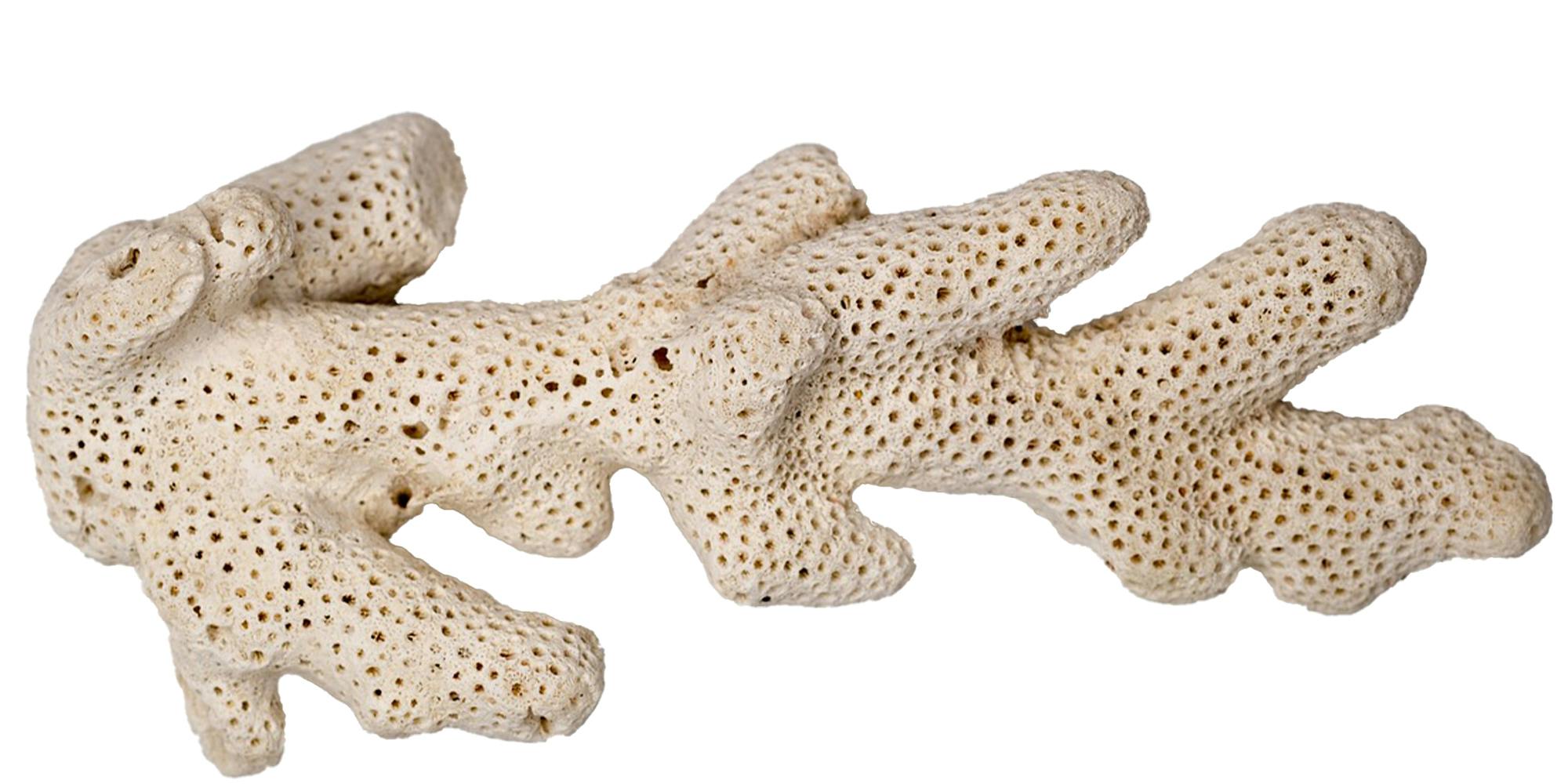What is coral?
Coral is made up of a marine invertebrate organism called polyps. Colonies are formed, which are interconnected by living tissues.
How do coral reefs form?
Coral reefs form over long periods as multiple coral polyps secrete calicles, which accumulate and create the complex structures we recognize as coral reefs.
Why are coral reefs important?
Coral reefs are vital ecosystems, providing habitat for numerous marine species and protecting coastlines.
How do corals have vibrant colors?
Corals get their colors from the symbiotic algae called zooxanthellae living within their tissues.
What is coral bleaching?
Coral bleaching occurs when coral polyps expel the symbiotic algae living in their tissues, causing the coral to turn white. It is often a stress response, particularly due to elevated sea temperatures.
Can damaged coral reefs recover?
Yes, damaged coral reefs can recover through processes like natural regeneration and coral restoration efforts, but success depends on the severity of the damage and the local environmental conditions.
Are all coral reefs the same?
No, coral reefs vary in structure, size, and species. There are different types of coral reefs, including barrier reefs, fringing reefs, atolls, and patch reefs, each with unique characteristics.


